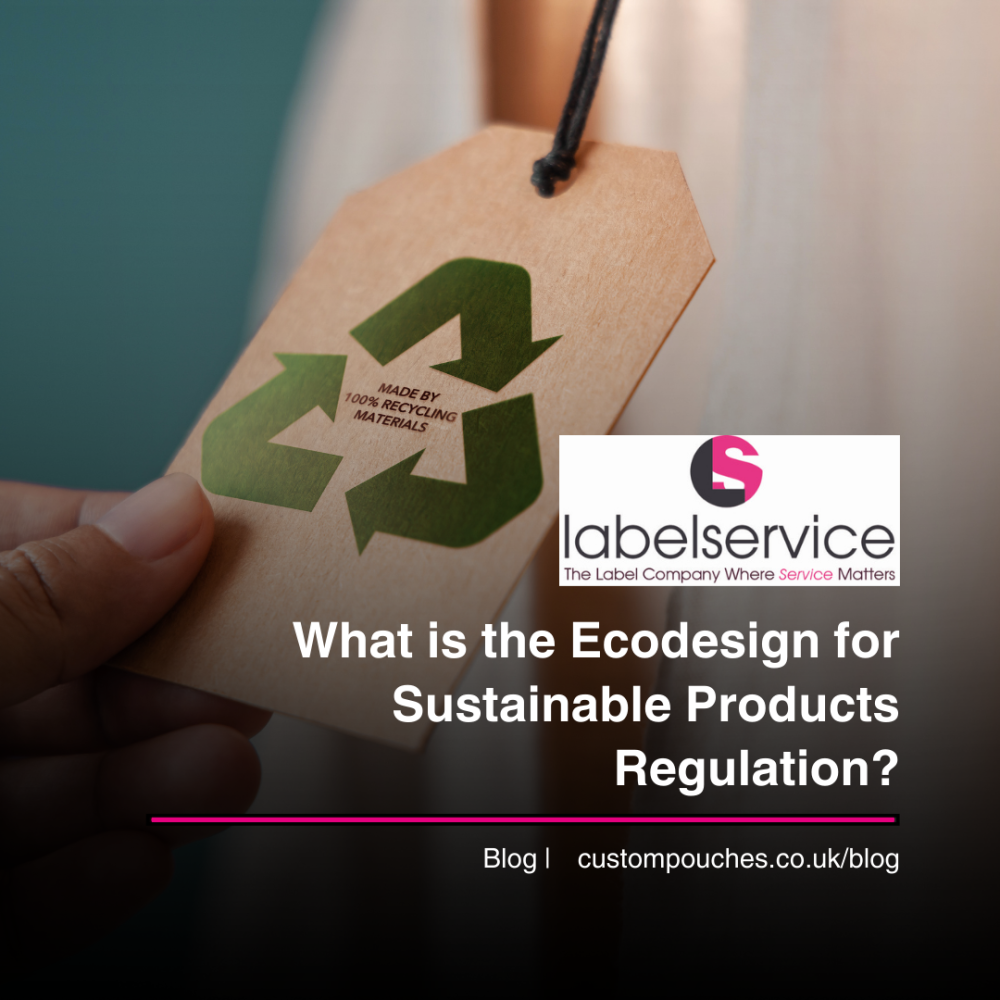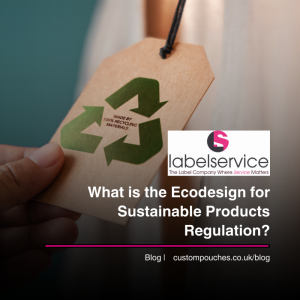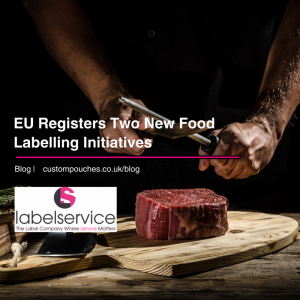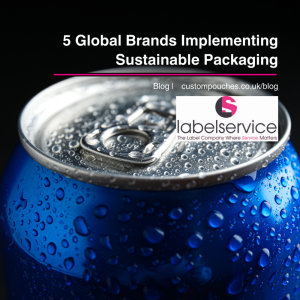The Ecodesign for Sustainable Products Regulation (ESPR), which came into force on 18 July 2024, replaced the current Ecodesign Directive (2009/125/EC), introducing more Ecodesign criteria for a broader range of products. It aims to make sustainable products the norm on the EU market. In this article, you will find the complete Ecodesign for Sustainable Products Regulation (ESPR) overview: the history, future – and connected legislation.
Products and the way we use them can have a significant impact on the environment. Consumption in the EU can therefore be a major cause of climate change and pollution. The ESPR is part of a package of measures that are central to achieving the objectives of the 2020 Circular Economy Action Plan. They will contribute to helping the EU reach its environmental and climate goals, doubling its circularity rate of material use and to achieving its energy efficiency targets by 2030.
The Commission will adopt a working plan, setting out a list of product groups which will be prioritised for secondary legislation along with the estimated timelines, with the first working plan expected in Q2 2025. An “Ecodesign Forum” will also be established where stakeholders will be consulted on the development of product rules. The text of the ESPR includes some products that must be prioritised such as textiles, furniture, lubricants and chemicals. These are expected to be in the first working plan. Cosmetic products are not included expressly in the ESPR as a priority, so the new rules and timelines for cosmetic products will depend on consultation with stakeholders in the Ecodesign Forum.
Objectives
The ESPR aims to significantly improve the circularity, energy performance and other environmental sustainability aspects of products placed on the EU market. By doing so, a significant step will be taken towards better protecting our planet, fostering more sustainable business models and strengthening the overall competitiveness and resilience of the EU economy.
A sustainable product is likely to display one or more of the following characteristics:-
- Uses less energy
- Lasts longer
- Can be easily repaired
- Parts can be easily disassembled and put to further use
- Contains fewer substances of concern
- Can be easily recycled
- Contains more recycled content
- Has a lower carbon and environmental footprint over its lifecycle
The Ecodesign directive and ESPR sit in a jungle of regulations and plans – all part of the European Green Deal.
EU’s Green Deal – The big idea
The EU Green Deal is a policy package to make the EU carbon neutral by 2050. Immense funds of about 1 trillion euros are available for it. Its promises range from decoupling economic growth from resource use, over nature restoration, to improved public health and well-being.
The circular economy – A plan for action
One policy in the EU Green Deal is the Circular Economy Action Plan. The circular economy action plan in turn has different policies, e.g. on empowering consumers in sustainable choices, reducing waste, and: the “sustainable products initiative”.
Sustainable Products Initiative – Getting down to business
The Sustainable Products Initiative’s goal is to “make sustainable products the norm”. The ESPR is the main policy instrument here. The ESPR will be a regulation, thus: binding for EU member states. We’ll get to know it deeply in the next section.
The Sustainable Products Initiative is implemented further through the “EU Strategy for Sustainable and Circular Textiles” and the revision of the Construction Products Regulation. They cover more product-specific rules, while the ESPR covers environmental aspects.
ESPR is placed in the inner layers of the European Green Deal.
ESPR will replace Ecodesign Directive
The Ecodesign Directive regulates 29 product categories, posing mainly energy-related criteria. However, the new ESPR wants to cover the “broadest possible range of products” with more diverse Ecodesign criteria. These criteria are aligned to the “Right to Repair”, and boost circularity, durability, reusability, upgradability, and repairability.
Next to Ecodesign criteria, the ESPR will introduce a digital product passport for all regulated products. This will be an easily accessible tag on the products that makes sustainability information instantly available to supply chain actors, regulators, and consumers alike.
To address the practice of destroying unsold consumer products, the ESPR will mandate companies to adopt measures to prevent this practice and disclose unsold product disposal data. A direct ban on unsold textile and footwear destruction applies to large companies, while smaller businesses have exemptions and medium-sized companies have a transitional period.
The 29 product groups with Ecodesign criteria in 2024 are:
- Lighting
- Solid fuel local space heaters
- Space and water heaters
- Solid fuel boilers
- Air heating and cooling products
- Fridges and freezers
- Professional refrigerators
- Refrigerators with a direct sales function
- Vacuum cleaners
- Washing machines
- Tumble driers
- Air conditioners and comfort fans
- Industrial fans
- Ventilation units
- Air heating and cooling products
- Televisions
- Set-top boxes
- Cooking appliances
- Dishwashers
- Water pumps
- Circulators
- Power transformers
- External power supplies
- Computers and small servers
- Servers and data storage products
- Mobile phones, cordless phones, and tablets
- Electric motors
- Off mode, standby, and networked standby
- Welding equipment
Implementing acts to the ESPR
Each regulated product group in the Ecodesign Directive has it’s own “implementing act”. This is a piece of law, that makes the Ecodesign criteria mandatory. Currently, the EU is developing the implementation of acts for new product groups and revising old ones. The new acts still enter into force under the current Ecodesign directive. Once the ESPR enters into force, it will take over these acts and replace the current Ecodesign directive.
For example, the newest implementing act on mobile phones and tablets, adopted in June 2023 and applied from June 2025, requires durable design, longer-lasting batteries, and (prolonged) availability of software updates and spare parts. Compared to previous energy-focused acts, this act demonstrates how the EU is implementing the Right-to-Repair in the ESPR.
Energy Labels
The Ecodesign Directive and the Energy Labelling Regulation are “sister directives”. They are often mentioned and worked on together. Product groups with energy labeling requirements also have an Ecodesign ruling (except tires). But not every product group with Ecodesign ruling needs/ is suitable for energy labeling.
This is how the EU puts it:
- “The Ecodesign Directive (2009/125/EC) – the tool for making products more energy efficient.
- The Energy Labelling Regulation (EU) 2017/1369) – the tool through which the consumer can recognize the best-performing products”
Current plans for the ESPR
As of July 18, 2024, the ESPR will officially be in force. With the regulation now adopted, general measures such as the ban on the destruction of unsold products will take effect. Additionally, new implementing acts will be directly executed under the ESPR. Also, the newest Ecodesign and Energy Labelling Work Plan will be adopted. The provisional agreement from December 4, 2023, established iron, steel, aluminium, textiles (notably garments and footwear), furniture, tyres, detergents, paints, lubricants, and chemicals as priority products for the 2024-2027 working plan.
The highlights of the working plan 2022-24 were:
- Implementing act on computers and computer servers, planned for the end of 2025.
- 31 product categories to be assessed next -first those* with the highest energy or material efficiency potentials. Regulations might arrive by 2030.
- More focus on non-energy related Ecodesign criteria such as durability, reparability, recyclability, ease of end-of-life disassembly and reuse, recycled content, etc.
- Progress made on requirements for Solar PV-related products.
- A repair score was developed, and adding this to energy labels of “relevant products” (e.g. consumer electronics) is considered.
- Priority: rescaling Energy Labels and adding onto them the European Product Registry for Energy Labelling (EPREL) as a QR code.
The ESPR will pose Ecodesign criteria for as many products as possible. However, in the next few years, it will be implemented for only a limited range of energy-intense products. One tip: find out if your products are among them!
The environmental impact of the whole life product cycle is a prominent theme in the EU’s environmental regulations. The talk is of a “whole life cycle approach to product regulation” in the ESPR proposal. LCA is currently only prescribed in the EU’s Product Environmental Footprint (PEF) method – which falls outside of the ESPR. The Commission mentions that most stakeholders support the implementation of LCA for impact assessment within the ESPR, although its own LCA methodology, the PEF, is currently not fit for the purpose.
As we know, Ecodesign is all about reducing product impacts. Therefore, it’s incredibly likely that the environmental data required by the ESPR will be LCA data. You can already prepare and take steps towards complying with the new Ecodesign regulation by measuring the environmental footprint of your product with LCA. While there are many options for LCA software, several of them are complex and costly. Ecochain Mobius is the LCA software built for the business user, which can help you in your Ecodesign journey by providing quantitative insights into the environmental impacts of various design choices.
The ESPR’s implications are far-reaching, affecting a broad spectrum of economic operators including manufacturers, importers, distributors, retailers, and online marketplaces. To stay ahead and prepare for the changes, beauty industry stakeholders should remain vigilant and be proactive. Engaging in consultations, mapping supply chains, and reviewing supplier contracts are essential steps to prepare for the ESPR’s implementation.

















